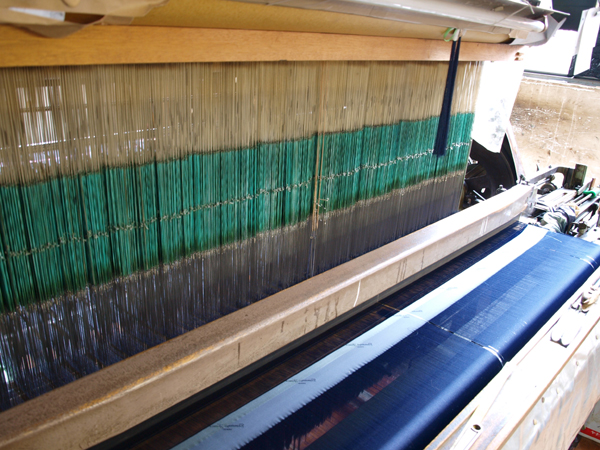The term “Jacquard weave,” often used in suit linings, may sound familiar to many of you. It actually originates from Monsieur Jacquard, as explained in the history below. In Japanese, it’s often referred to as “Jagādo” for easier pronunciation, and this post will also use “Jacquard.”
In this post, I’d like to delve into the history of Jacquard weaving, its advantages and disadvantages, and introduce the Koshu Jacquard linings famous for their silk production in Fujiyoshida, which our company, Yamamoto, has been handling for many years.
I’m Yu Yamamoto from the TAILORS WORLD editorial team.
目次
The History of Jacquard Weaving
Jacquard weaving machines were invented by a Frenchman named Joseph Jacquard in the 19th century. Before this invention, creating intricate textiles required both a weaver and a second person known as a “drawboy” to assist. Joseph’s invention made it possible for one person to handle the weaving process. It revolutionized textile design, allowing for the creation of geometric patterns to lifelike designs.
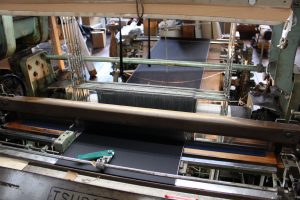
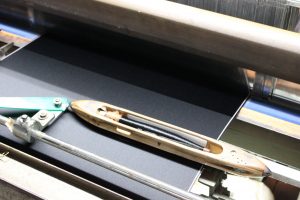
Jacquard Weaving Process
Jacquard weaving employs a “pattern card” with punched holes to create designs. Design-specific pattern cards are created, and yarns are warped and dyed according to this information. The pattern cards have areas with holes and areas without. The loom reads the pattern card’s hole information and raises the warp yarns in the corresponding areas. This up-and-down motion of the yarns creates a three-dimensional pattern.
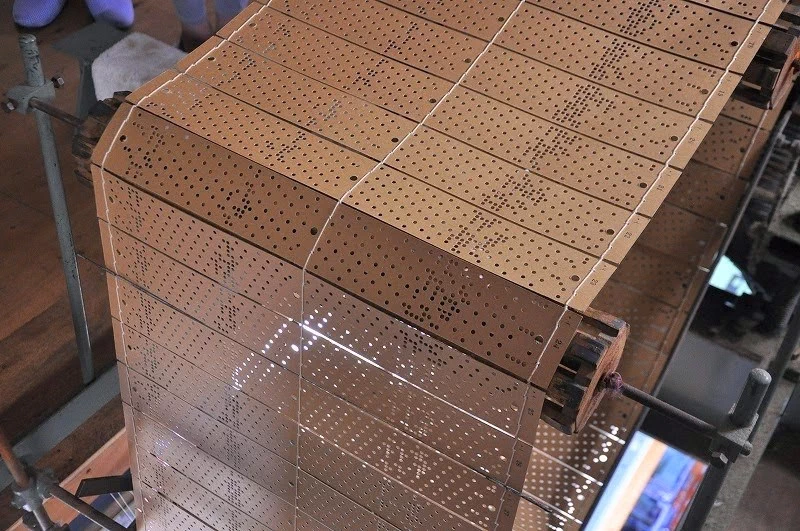
Advantages and Disadvantages of Jacquard
Jacquard-woven fabrics use warp and weft yarns of similar thickness irregularly, allowing the reproduction of complex patterns. They often use yarns pre-dyed, giving depth to the patterns and making them resistant to color fading. However, the delicate weaving process using pre-dyed yarns takes time and increases production costs. Nevertheless, Jacquard fabrics offer a unique depth and luxury not found in printed patterns, making them a popular choice.
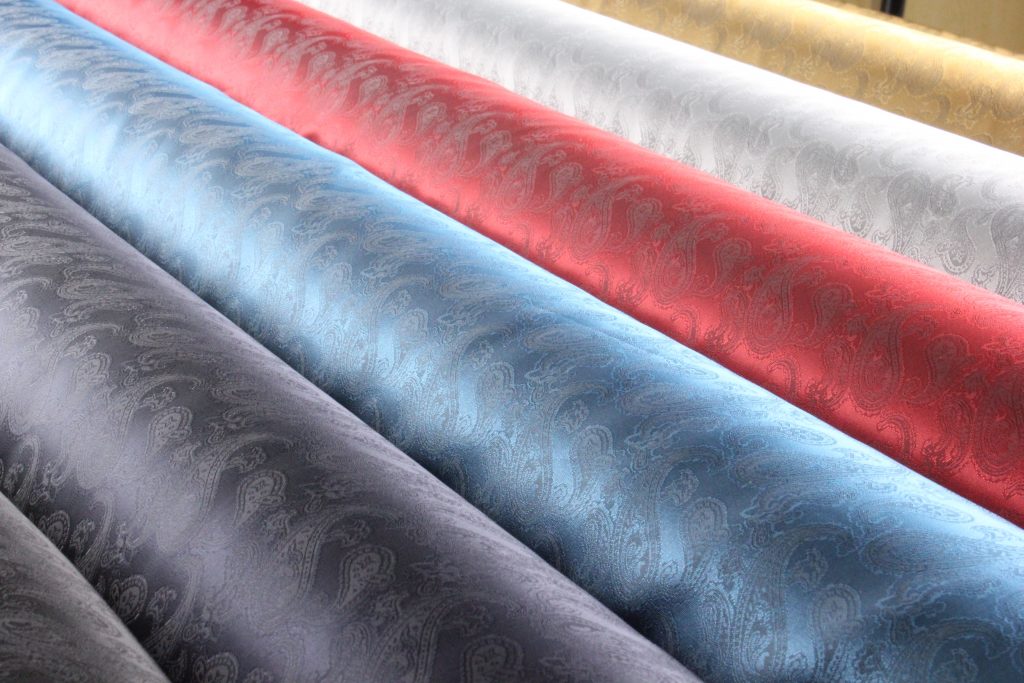
About Koshu Weaving
Koshu weaving is a textile produced in the region centered around Fujiyoshida City in Yamanashi Prefecture, Japan, using Jacquard looms. These looms are slower but produce flawless fabrics with no imperfections. Due to the slow weaving process, only about 30-50 meters of fabric can be produced per day. While there are high-speed rapier looms available nowadays, they are quite expensive, and only a few weaving mills have adopted them.
Koshu weaving stands out due to its use of special-shaped cross-section yarns (polyester), giving it a unique texture and shine.
Koshu weaving has long been used as a high-end lining for bespoke suits. The fabric’s width is limited to 75cm due to hand cutting, which is another characteristic of Koshu weaving.
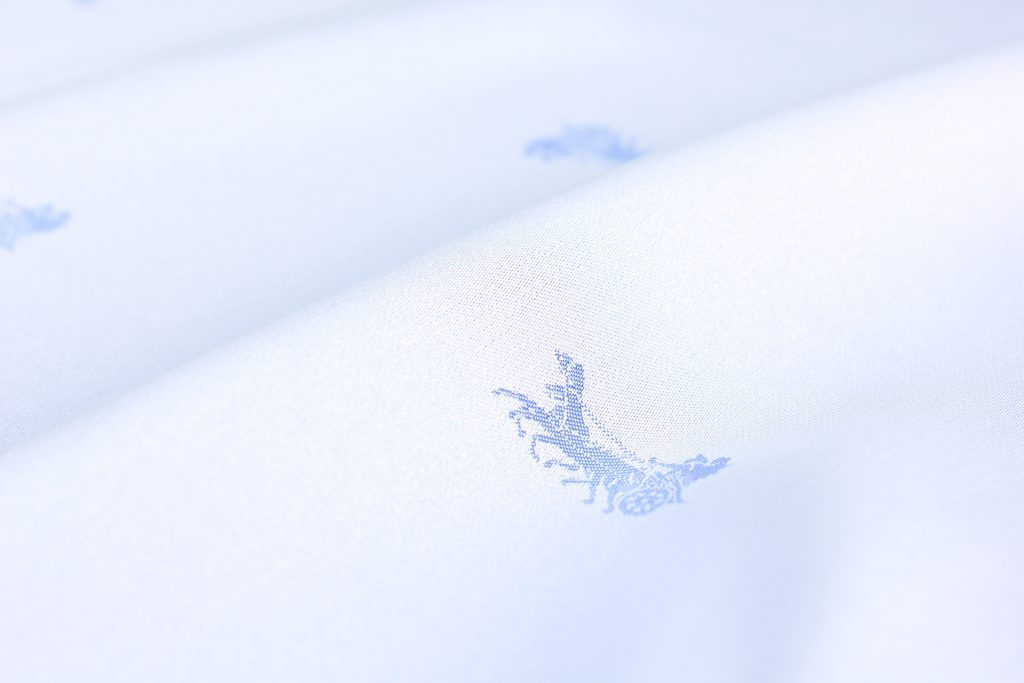
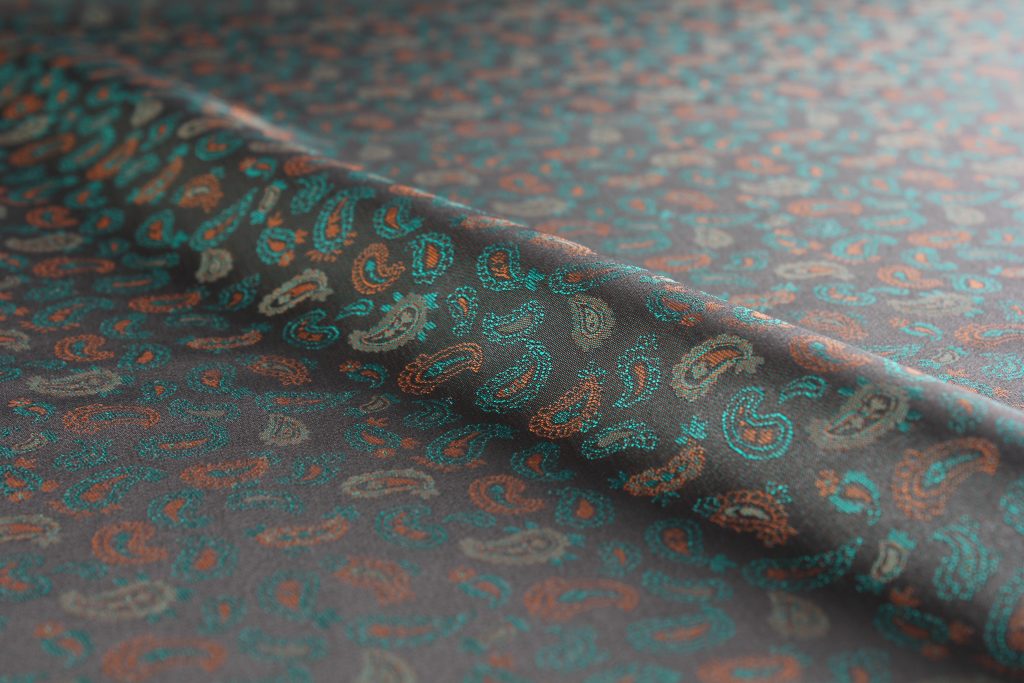
In Conclusion
How was it? In this post, we took a deep dive into Jacquard weaving. Understanding its history and production process can make it even more fascinating, don’t you think?
For orders, inquiries related to the content above, or questions about accessories and sewing services, please don’t hesitate to contact us.
After 2 years of training at a major order-made suit store in Japan, I started my career in apparel materials and fabrics.
I’m especially good at suits and coats.


